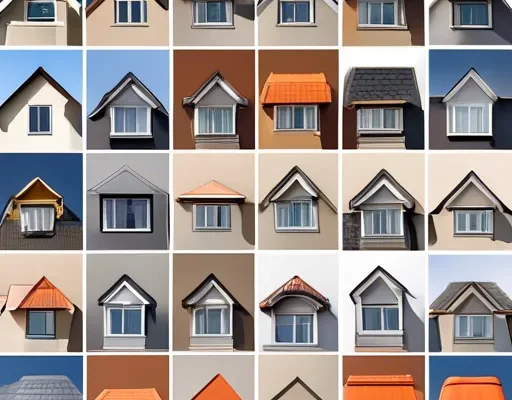Picture this: You’re standing outside your new mansion, basking in the sun, its rays glinting off the roof of your dreams. But wait—what’s that covering, exactly? When it comes to picking the right roof over your head, the choice isn’t just a cosmetic afterthought; it’s a defining aspect of your home’s character, temperature, and resilience against the elements. Let’s not kid ourselves—a good roof is the difference between a warm sanctuary and a leaky barn, an elegant retreat or a drab shelter.
With a variety of options at your disposal, choosing the right one can be daunting. Here, we explore 11 distinctive types of roofs that redefine comfort and sophistication for any homeowner.
Key Features and First Impressions
- Gable Roof: Traditional with two slopes meeting at a ridge, offering excellent drainage for rainfall and snow.
- Hip Roof: All sides slope downwards to the eaves, ideal for homes in windy regions.
- Mansard Roof: A French classic featuring four slopes, perfect for adding extra attic space.
- Flat Roof: Modern and effective for rooftop gardens or solar panel installation.
- Shed Roof: Unique and asymmetrical, popular in contemporary architecture.
- Gambrel Roof: Barn-inspired, providing additional living space under the roof.
- Butterfly Roof: Two angles sloping inward, symbolizing architectural innovation.
- A-Frame Roof: Steeply pointed, it’s both dramatic and functional for snowy environments.
- Bonnet Roof: A reverse of the Mansard, adding shade over balconies and porches.
- Jerkinhead Roof: A lovely combination of gable and hip but with clipped ends.
- Pyramid Roof: Elegant and timeless, suited to smaller homes.
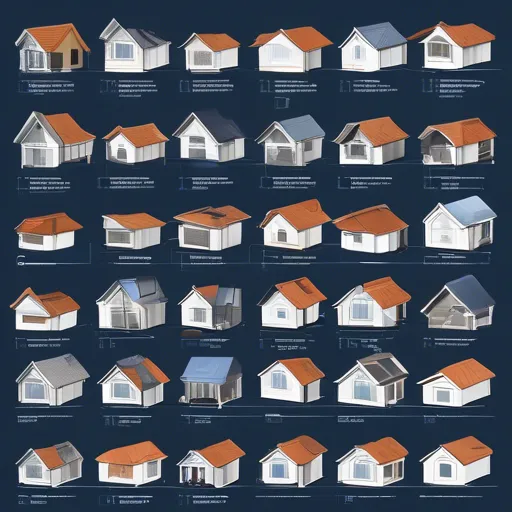
Technical Details
Design
From modern compact kitchens to expansive roofs, design enters every facet of home life. Consider what aligns with your home’s existing architecture and your long-term ambitions. Mansards allow attic conversions while flat roofs support gardens, adding a multifunctional charm to your residence.
Performance
A well-chosen roof safeguards against external adversities. Flat roofs may struggle in heavy rain but perform excellently in sunny climes. Hip roofs, in contrast, manage storms and high winds effectively due to their aerodynamic form.
Usability
Some roofs double up as spaces for added utility. Like pergolas used creatively in landscape design, flat roofs or shed roofs can become terraces or viewing decks, maximizing usable space.
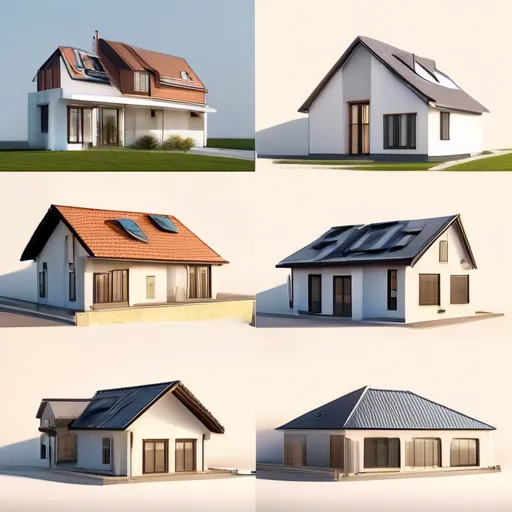
Side-by-Side Comparison
| Aspect | Gable Roof | Pyramid Roof |
|---|---|---|
| Durability | Excellent in snow and rain | Sturdy for smaller structures |
| Ease of Use | Easy to construct and maintain | Requires skilled labor |
| Design | Traditional charm | Elegant simplicity |
| Operating Costs | Economical | Moderate |
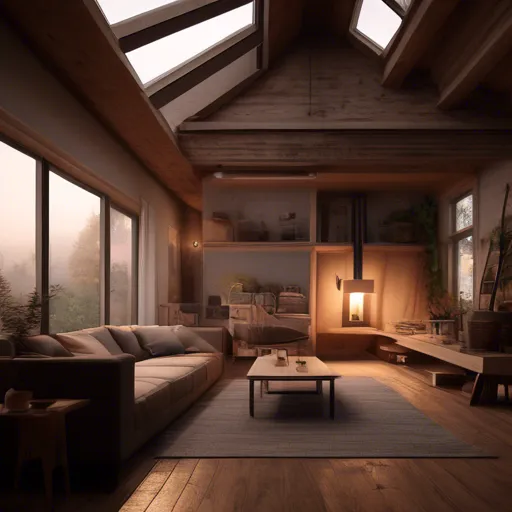
Practical Tips
- Match your roof type to the local climate—think about snow, wind, and rain.
- Consider future aspirations like solar panels or rooftop gardens.
- Budget carefully for both initial installation and long-term maintenance.
- Consult with architects and builders to ensure structural integrity and aesthetic compatibility.
Research indicates that over 40% of home energy loss happens through the roof. Choosing the right roofing material can significantly impact your energy efficiency and utility costs.
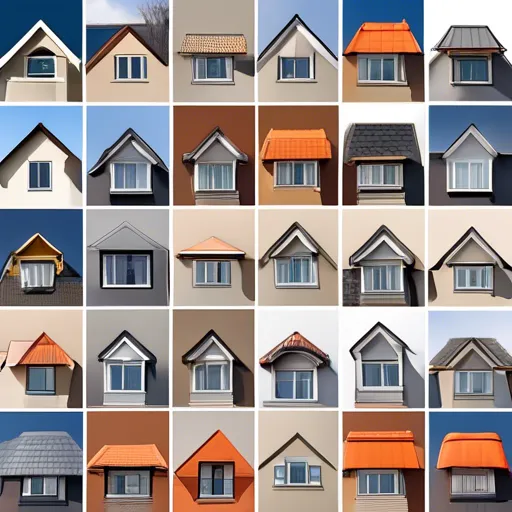
In conclusion, selecting the right type of roof is no small feat. It demands a balance between functionality, beauty, and longevity. As roofs vary vastly in style and utility, aligning these qualities with your personal lifestyle and aesthetic desires becomes paramount.
Embrace the flexibility, play with styles, and keep an open dialogue with architectural trends and technological advances. Who knows? Your carefully chosen roof might just become the envy of the neighborhood, like crafting stunning décor inspired by how we might make our own flower pots.
